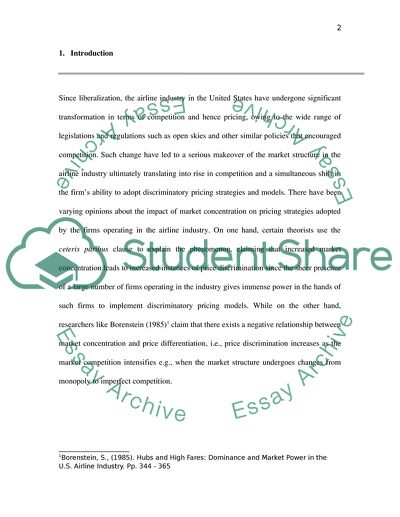Cite this document
(“Price Discrimination in the Airline Industry: the Effect of Market Term Paper”, n.d.)
Price Discrimination in the Airline Industry: the Effect of Market Term Paper. Retrieved from https://studentshare.org/marketing/1553111-price-discrimination-in-airline-industry-the-effect-of-market-concentration
Price Discrimination in the Airline Industry: the Effect of Market Term Paper. Retrieved from https://studentshare.org/marketing/1553111-price-discrimination-in-airline-industry-the-effect-of-market-concentration
(Price Discrimination in the Airline Industry: The Effect of Market Term Paper)
Price Discrimination in the Airline Industry: The Effect of Market Term Paper. https://studentshare.org/marketing/1553111-price-discrimination-in-airline-industry-the-effect-of-market-concentration.
Price Discrimination in the Airline Industry: The Effect of Market Term Paper. https://studentshare.org/marketing/1553111-price-discrimination-in-airline-industry-the-effect-of-market-concentration.
“Price Discrimination in the Airline Industry: The Effect of Market Term Paper”, n.d. https://studentshare.org/marketing/1553111-price-discrimination-in-airline-industry-the-effect-of-market-concentration.


